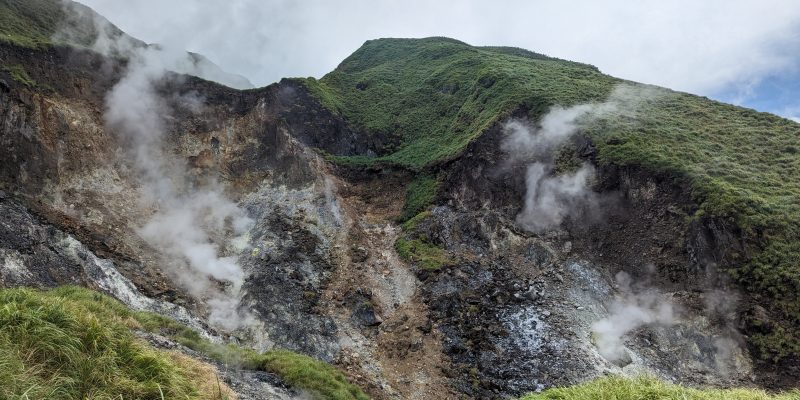
KMT Protests U.S. Pork
The Chinese Nationalist Party (KMT) has begun ramping up its efforts to block U.S. pork containing the feed additive ractopamine from entering Taiwan after the Tsai administration’s announcement in August that it would lift the ban on such imports in 2021. In addition to its efforts to hold a referendum on the issue, the KMT encouraged thousands of its supporters to join an annual labor protest march in November called the Autumn Struggle. The KMT and the Taiwan People’s Party (TPP), the party established by Taipei Mayor Ko Wen-je, set up stages on the sidelines of the rally. The KMT estimated that more than 20,000 participants joined its contingent of the protest.
Then, at a Legislative Yuan meeting on November 27, KMT legislators lobbed pig offal – intestines, lungs, and other entrails – at their opponents in the Democratic Progressive Party. The incident became an international news story and the question of who will pay the bill to clean or replace the carpet in the Legislative Yuan is still being debated by the two parties.
In response to the KMT’s recent efforts, Minister of Health and Welfare Chen Shih-chung noted that pork containing ractopamine residue constitutes only about 22% of the U.S.’ total pork production. He said that in order to uphold food safety, the government would require country of origin labeling on foreign meat imports.
NCC Revokes CTITV License
The National Communications Commission has denied the application of Chung T’ien Television (CTiTV), a cable news network owned by the pro-China Want Want China Times Media Group, to renew its broadcasting license, effectively forcing it off the air. It was the first time the NCC had rejected such an application since its formation in 2006.
Explaining the decision to revoke CTiTV’s license, NCC Chairperson Chen Yaw-shyang said the news station was found to have repeatedly violated broadcasting regulations and that complaints regarding CTi News comprised 30% of all those the commission had received since 2017. Reports have also surfaced that the station and other Want Want-owned media outlets receive direct and indirect editorial interference from Chinese government agencies, as well as Want Want Chairperson and major shareholder Tsai Eng-meng.
F-16 Goes Missing Off East Coast
Taiwan grounded its entire fleet of F-16 fighter planes after one went missing off its east coast during a nighttime training exercise in mid-November. The plane, flown by air force pilot Col. Chiang Cheng-chih, disappeared from radar screens just minutes after taking off from Hualien Air Base.
Following the disappearance, Black Hawk helicopters and Coast Guard Administration vessels were dispatched to locate the missing F-16. Search and rescue efforts are still ongoing, though the approximate location of the flight data recorder was confirmed 9 nautical miles of Hualien’s coast.
The F-16 disappearance follows another fatal incident experienced by Taiwan’s air force less than a month earlier. In October, a Taiwanese F-5 crashed off the island’s east coast, killing its pilot. The incidents have raised questions about the reliability of Taiwan’s older military aircraft.
Taichung MRT Halts Trial Runs

The first line of the Taichung mass rapid transit system opened for a trial run in mid-November, offering free rides for the first month of operations to commuters with electronic transportation passes.
The new system, called the Green Line, is part of a broader initiative by the TMRTC to improve Taichung’s public transportation system that includes another three lines to be built in the coming years. It stretches 16.71 kilometers and runs from Beitun Main Station in the city’s northeast to the Taichung High Speed Railway Station in its southwest.
However, a malfunction in the train’s coupling mechanism only a week after the line opened forced the state-owned Taichung Mass Rapid Transit Corp. (TMRTC) to temporarily halt operations.
Meanwhile, a new section of New Taipei City’s Danhai Light Rail Transit System began operations last month. The additional set of track extends the service along a route to the Tamsui Fisherman’s Wharf, and includes three new stations.





